SOUTH KOREA: WORLD CAPITAL OF DOLMENS
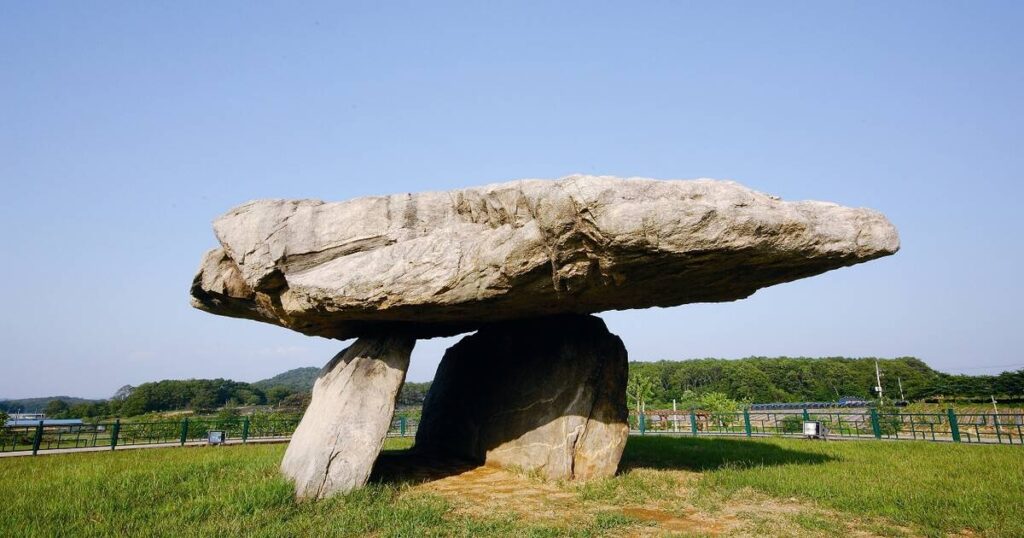
The Gochang, Hwasun and Ganghwa Dolmen Sites are the location of hundreds of stone dolmens which were used as grave markers, and for ritual purposes when the Megalithic Culture was prominent on the Korean Peninsula. The sites were designated as a World Heritage Site by UNESCO in 2000. The Korean Peninsula is home to over 35,000 dolmens, accounting for approximately 40% of the world’s total; the Gochang, Hwasun, and Ganghwa sites are themselves home to over 1,000 dolmens.
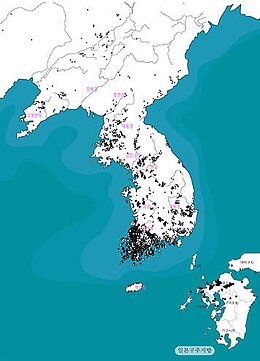
The South Korean Dolmens: Unveiling the Mysteries of Megalithic Structures
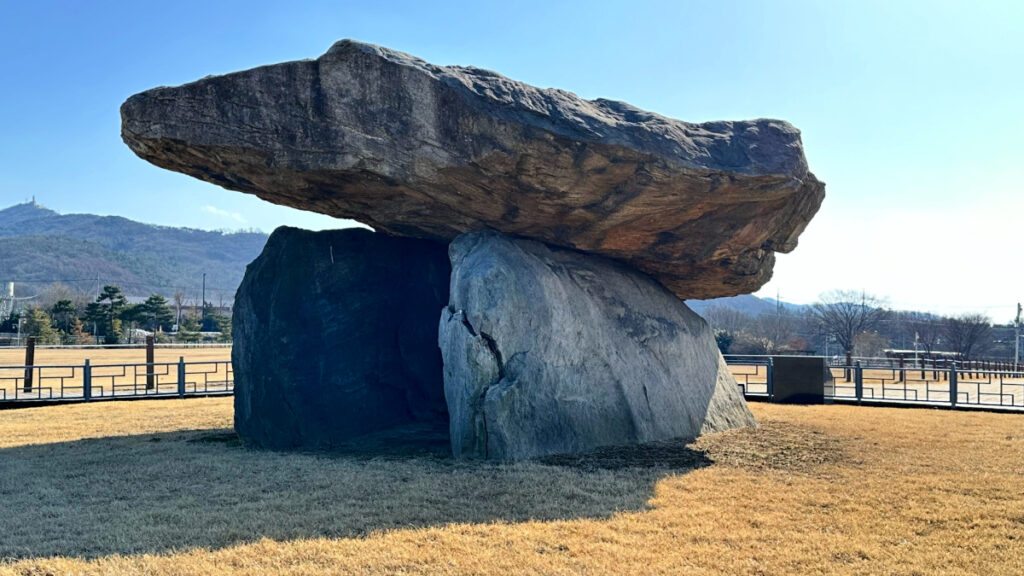
Scattered across the lush landscapes of South Korea are dolmens—imposing stone structures that have intrigued archaeologists and historians for decades. These megalithic formations, often associated with ancient burial practices, are a vital part of Korea’s cultural heritage and raise questions about the societies that created them. In addition to dolmens, South Korea is home to other megalithic structures, including burial mounds and potential pyramid-like formations, contributing to the region’s rich tapestry of ancient architecture.
What Are Dolmens?
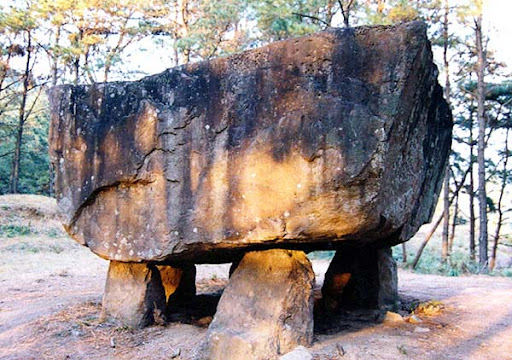
Dolmens are prehistoric tombs made up of large stone slabs. Typically consisting of a flat horizontal stone (the capstone) supported by vertical stones, they vary in size and design. The most famous group of dolmens is located in Gochang, Hwasun, and Ganghwa, which collectively have been designated as a UNESCO World Heritage site.
Historical Context
Dating back to the Korean Bronze Age (around 1000-300 BC), dolmens are believed to have served as burial sites for elite individuals or important community members. The precise construction techniques and the cultural practices surrounding these structures remain a topic of active research and debate.
The Enigmatic Nature of Dolmens
1. Construction Techniques
One of the enduring mysteries surrounding dolmens is how ancient peoples managed to transport and erect such massive stones without modern machinery. Some dolmens weigh several tons, prompting questions about the tools and methods used in their construction. Evidence suggests that ancient Koreans may have employed simple yet effective techniques involving levers, sledges, and manpower.
2. Cultural Significance
The dolmens’ design and placement often hint at their significance within ancient societies. Many are found in alignment with celestial events, suggesting a connection to astronomical observations or seasonal changes. This has led to speculation about the spiritual beliefs and societal structures of the people who built them.
3. Burial Practices
While dolmens are primarily associated with burial practices, the specifics of these rituals remain largely unknown. Archaeological excavations have uncovered artifacts such as pottery, tools, and jewelry, indicating that these sites were not merely functional but held significant cultural importance.
Other Megalithic Structures in South Korea
In addition to dolmens, South Korea features other megalithic structures that contribute to its archaeological intrigue.
1. Giant Burial Mounds (Tumuli)
These earthen mounds are found throughout Korea and often contain dolmens within them. The mounds served as tombs for the elite and are characterized by their distinctive shapes and sizes. Some of the most notable examples can be found in the ancient city of Gyeongju, the capital of the Silla Kingdom.
2. Pyramidal Structures
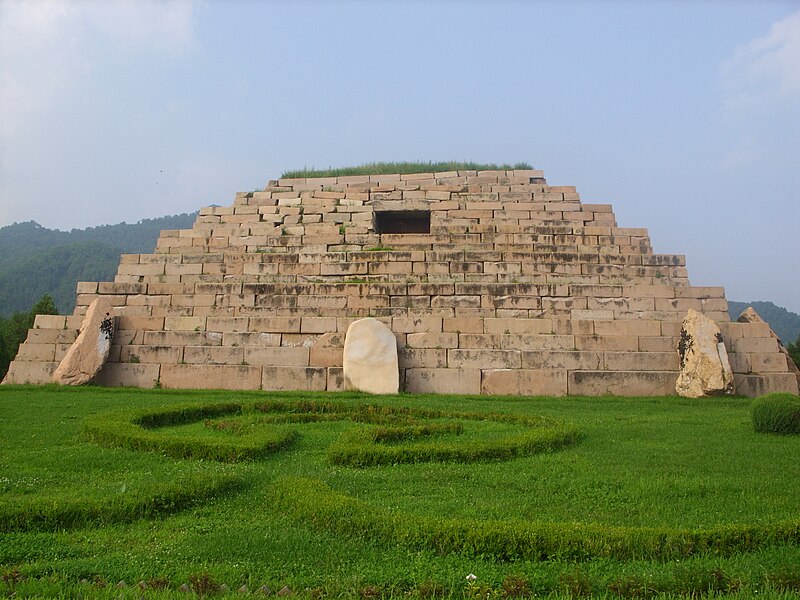
Though not as prominent as those found in Egypt or Mesoamerica, some researchers suggest that certain burial mounds in Korea display pyramid-like features. The similarity in structure raises questions about cultural exchanges and influences between ancient civilizations.
One of the biggest pyramidal structure in South Korea is the one displayed above, called “Tomb of the General”.
3. Stone Circles and Alignments
Various stone circles and alignments across Korea also evoke comparisons to megalithic sites in Europe, like Stonehenge. While their functions remain uncertain, they may have served ceremonial purposes or as astronomical observatories.
The Cultural Legacy of Dolmens
The dolmens of South Korea represent more than just ancient burial sites; they are symbols of a rich cultural heritage that continues to resonate in contemporary society. Their inclusion as UNESCO World Heritage sites highlights their global significance and the importance of preserving these historical treasures.
